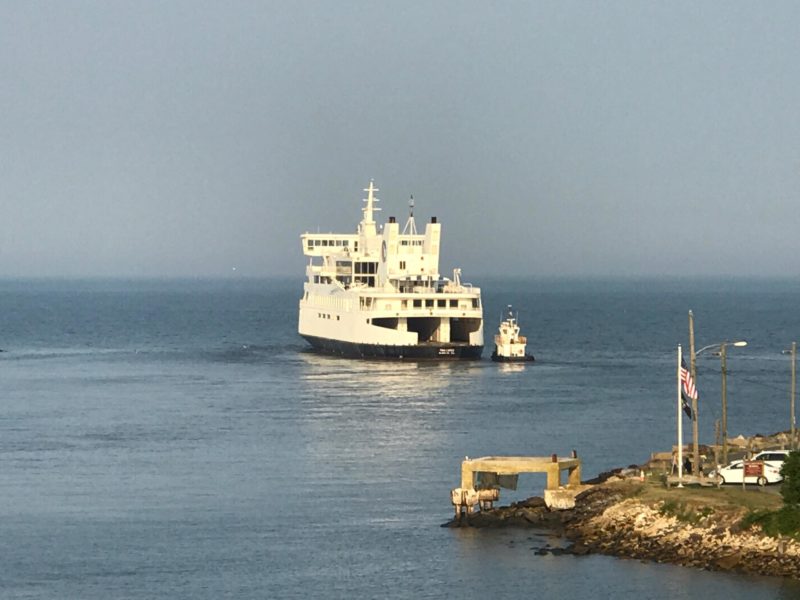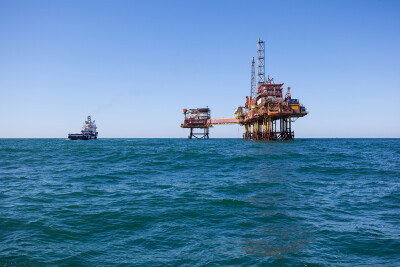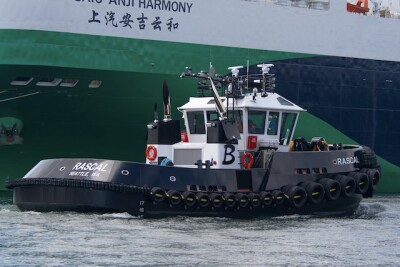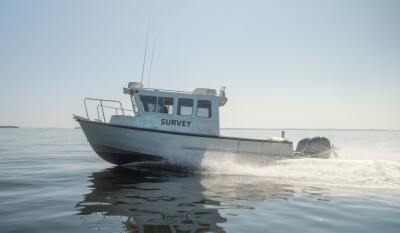After an unsuccessful five-year campaign by operators to sell the Cape May-Lewes Ferry vessel Twin Capes, it is now bound for the bottom of the ocean.
Once appraised at $5.5 million, the 320’x68’ double-ender Cape May, N.J.-based ferry — a onetime flagship of the Delaware River and Bay Authority — was sold for $200,000 to Coleen Marine, Norfolk, Va., the contractor for the Delaware state artificial reef program.
Built in 1974 at Todd Shipyards, Houston, the 895-passenger ferry fell victim to high operating costs over time. With crew costs 50% higher and fuel 25% higher to operate the ferry than the authority’s three other vessels, the Twin Capes was withdrawn in 2010 from full-time service on the 17-mile cross bay route, operating only at peak summer times through 2013.
A $27 million refit and upgrade in 1996 aimed to make the Twin Capes a destination experience in its own right, with a full-service restaurant, food court and two bars.
Despite a marketing campaign and cutting the asking price to $3.3 million in 2015, the authority got no takers in an era of lighter, faster and efficient new build ferries.
“During the sale process, it was apparent that the market was thin for such a specialized vessel,” said Heath Gehrke, DRBA director of ferry operations. The agency removed $230,000 worth of equipment, electronics and engine components for resale, he said.
Escorted by Coleen Marine’s tug Justin, the Twin Capes left Cape May for the last time July 20. After preparation in Norfolk, the ferry will be sunk sometime in 2018 on a reef site 26 miles off Delaware, in 120’ of water. As an artificial reef, “it will be unparalleled as fish habitat and a spectacular dive for exploration,” said state environment commissioner Shawn Gavin.
The Twin Capes will join the Tamaroa, a storied 205’ Coast Guard cutter that rescued sailors and a downed New York National Guard air crew during the so-called “Perfect Storm” of October 1991. Coleen Marine handled that job in May 2017. The reef is also the resting place of the 563’ Navy destroyer Arthur W. Radford, the largest ship ever placed on an East Coast reef site.





